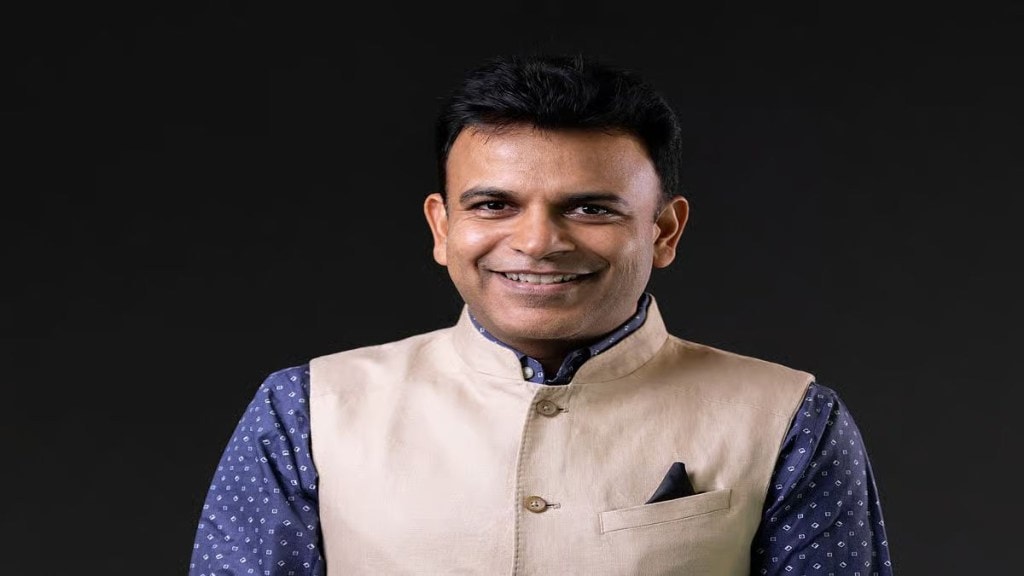As Amazon Pay doubles down on becoming more than just a checkout option inside its shopping app, its India arm is ready with a full-stack payments ecosystem, one that spans UPI, credit cards, pay-later, wallet, travel bookings, and bill payments. In an interview with Ayanti Bera, Vikas Bansal, CEO of Amazon Pay India, explains how the company is breaking out of the “in-app feature” perception, a growing user base beyond metros, and innovations such as biometric UPI and voice-enabled payments. Excerpts:
Q. Consumers still largely view Amazon Pay as something embedded within the main Amazon app. How do you want to position it today?
A. Amazon Pay, today, is all that you need. Payments span various aspects of life, including shopping, bills, transit, daily expenses, travel, and EMIs. For that, customers need different payment methods such as UPI, credit cards, pay-later, and wallets, and here we unify them seamlessly. This proposition saw strong traction during the festive season, when Tier 2 and Tier 3 cities contributed 85% of Amazon Pay’s new customer acquisition.
Q. But without a standalone app, doesn’t discoverability remain a challenge?
That gap is now closing. Customers can access Amazon Pay in three ways. The first two are through the main Amazon app, where there are icons on the top and on the persistent navigation bar at the bottom that take users to the complete Amazon Pay interface. Users can also access Amazon Pay through a shortcut icon on their home screen that opens the full Amazon Pay interface, without launching the main Amazon app. The shortcut icon, which gives the user experience of a standalone app, is currently only available for Android users.
Q. What does your scale look like today?
Amazon Pay UPI is used by more than 110 million customers, with 75% of usage coming from Tier 2 and Tier 3 towns. During the recent flagship sale, Amazon Pay UPI powered one in every two orders, while about half of the Prime members used the service. Overall, Amazon Pay services were used by one in four customers. We also serve over 10 million Pay Later customers, and our co-branded Amazon Pay ICICI Bank Credit Card has more than 5 million users, making it one of the most popular cards in India.
Q. How does BNPL fit into Amazon Pay’s strategy, especially after the Axio acquisition?
India has only 5% credit card penetration, compared to 65–70% in the US and China. BNPL fills this gap for customers who have no credit history, not subprime borrowers. With Axio’s deeper integration and capital access, we can scale responsibly to more customers while keeping acquisition costs near zero. Amazon Pay Later offers credit lines up to Rs 60,000 with instant digital onboarding.
Q. Which innovations in payments are you betting on?
We are pioneering biometric UPI on Amazon Pay, which removes the need for PIN entry, and customers authenticate using fingerprint or face ID with the same security standards. It is already live and improves speed dramatically. We have also launched UPI Circle, which allows a primary user to add trusted family members, even those without bank accounts, and set spend limits and monitor usage securely. Beyond this, voice-led and IoT payments are an area of focus, including paying via Alexa and experimental models like paying with smart glasses through a voice command.
Q. What will drive the next phase of growth?
A lot of our effort is now on raising awareness. People often don’t realise they’re already using Amazon Pay across thousands of merchants where Amazon Pay wallet, UPI, or Pay Later are accepted. As digital payment penetration in India is still under 50%, the runway is massive.

